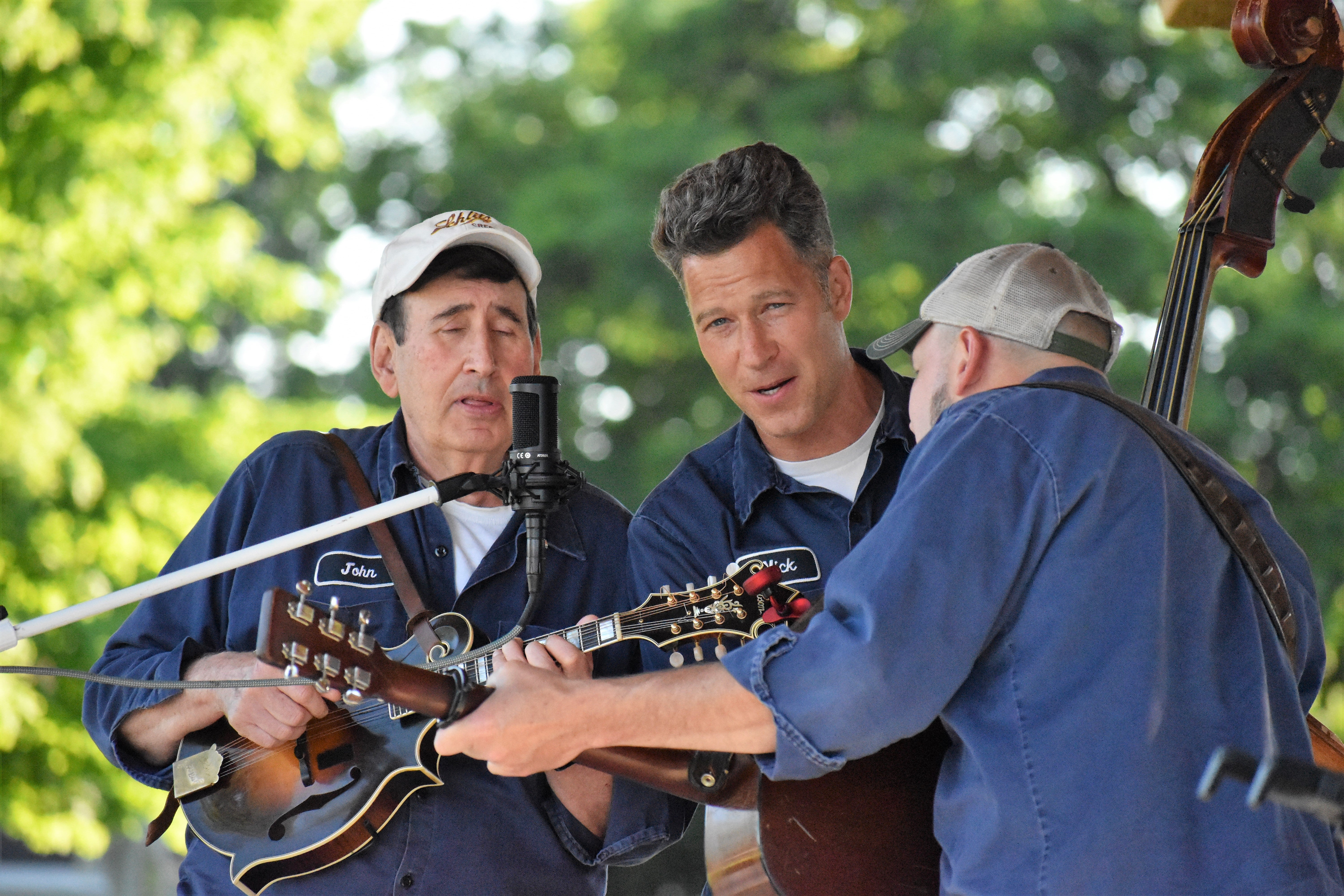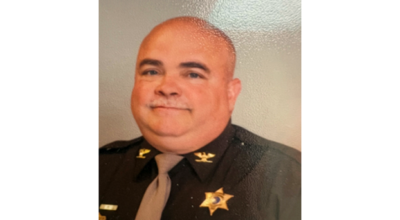The Daily News’ countdown of the top 10 stories of the year continues
Published 8:58 am Thursday, December 28, 2017
DOWAGIAC — A year marked with triumph and tragedy, of new beginnings and fond farewells, of unity and conflict, 2017 was littered with unforgettable moments in the history of Dowagiac.
Before we flip the calendar to yet another New Year, our newsroom will be taking a look back at the seminal events of the past 12 months, as we count down the 10 stories of the year, as determined by our staff. We will recap several stories per day over the next several issues, culminating in our top story of 2017 Friday.
Our countdown continues with stories four through two.
4. Artists, volunteers create downtown art mural
More than 160 years removed from its arrival in the Grand Old City, the spirit of the historic Orphan Train chugged through Dowagiac this year, culminating in the creation of a new piece of public artwork downtown.
Thanks to a grant from the Michigan Humanities Council as well as contributions from the local community, Cassopolis artist Ruth Andrews, Dowagiac Area History Museum Director Steve Arseneau and the City of Dowagiac’s Bobbie Jo Hartline spearheaded an effort to memorialize the famous adoption program, which made its first-ever stop in Dowagiac in 1854. Over the summer, Andrews and dozens of volunteers from the community painted a mural depicting the maiden journey of the Orphan Train on the vacant concrete wall beneath the Dowagiac Post Office, facing Pennsylvania Avenue.
The artwork was designed earlier this year by Andrews, and shows the different aspects about the story of the first Orphan Train, which transported a group of 45 children from the streets of New York City to Dowagiac, where the youngsters hoped to find a new family and get a fresh start living in the Midwest. Andrews’ painting starts by showing the conditions of the children living in New York, followed by their journey riding across the country by train, and culminates by showing the children’s futures after finding their new families.
Work on the mural began in late May and finished in September. The artwork was dedicated during a ceremony inside the Dowagiac Area History Museum on Oct. 14.
In addition to the painting, the Orphan Train committee organized a number of events throughout 2017 to celebrate the historic moment, including a show at Beckwith Theatre in conjunction with the Dogwood Fine Arts Festival in May and a reunion for descendants of train riders at the museum in September. The committee also produced a coloring book and a limited-edition cancelation stamp through the post office to commemorate the project.
3. District breaks ground on Union High School renovations
Eighteen months after Dowagiac voters passed a $37 million pair of bonds to transform six Dowagiac Union Schools facilities, the district broke ground on its first and largest renovation project to date: Dowagiac Union High School.
In May, crews began working on a series of improvements to the interior and exterior of the high school, designed to bring the building into the 21st Century. Work began shortly before the beginning of summer and ran through the summer, and is continuing through the 2017-18 school year.
In the first phase of construction completed over the summer, contractors updated 10 of Union High’s classrooms, giving them a new paintjob and carpeting, and installing new furniture and technology. Crews also worked on a new shared workspace for teachers.
Throughout the rest of the building, workers installed a litany of other new fixtures, including updated lighting and a new school bell system. Outside, contractors repaved the school parking lots and widened the building’s front lot.
Crews also broke ground on the new competition gym on the building’s northwest side. Also over the summer, the school installed new ADA-compliant bleachers at Chris Taylor Alumni Field.
Since the students’ return from summer break in September, crews have completed another two phases of construction. They have finished two additional rounds of classrooms, as well as built new learning common areas that students may use to study or work on group projects inside.
The renovation project is expected to last through next year.
2. Southwestern Michigan College architect dies at 87
The Grand Old City lost one of the pillars of its collegiate, business and civic communities this year, as Dr. Fred L. Mathews, the man behind the creation of Southwestern Michigan College, died at the age of 87 on March 19, 2017.
Perhaps the most influential figure in Dowagiac history since Round Oak Stove Company founder P.D. Beckwith, Mathews was a constant mover and shaker in the Dowagiac community since he arrived in the city on Feb. 1, 1952.
Born in Johannesburg on March 28, 1929, Mathews dropped out of high school at 17 to join the U.S. Army. After leaving the service, he attended college at Central Michigan University and later at the Southern College of Optometry to pursue his dream of becoming an eye doctor, which he had held since he received his first pair of glasses as a child.
After graduating from college, Mathews decided to start his career in Dowagiac, which was nearby his brother’s residence in Three Rivers. The optometrist, who arrived in Dowagiac with just $40 in his pocket, purchased the practice of Dr. Robert Wall for $5,500.
Throughout his life, Mathews was an active member of the Dowagiac community, becoming president of the Greater Dowagiac Association, an organization that helped rebuild Dowagiac’s industry after one of the city’s largest employers at the time closed. In 1961, Mathews also helped create the Community State Bank on Commercial Street downtown.
His crowning moment came in the early 1960s, when Mathews embarked on his journey to establish a community college in Cass County.
In 1964, the doctor led the charge on a campaign to create a county-wide millage to fund the creation of a community college, which voters approved. Two years later, Southwestern Michigan College opened its doors to students in Dowagiac.
Mathews became the college’s first board chairman, a position he held for 50 years until his retirement in January 2015.
In 1988, Mathews became chairman of the Dowagiac Downtown Development Authority, where he used his years of experience to help lead the transformation of Dowagiac’s downtown.






